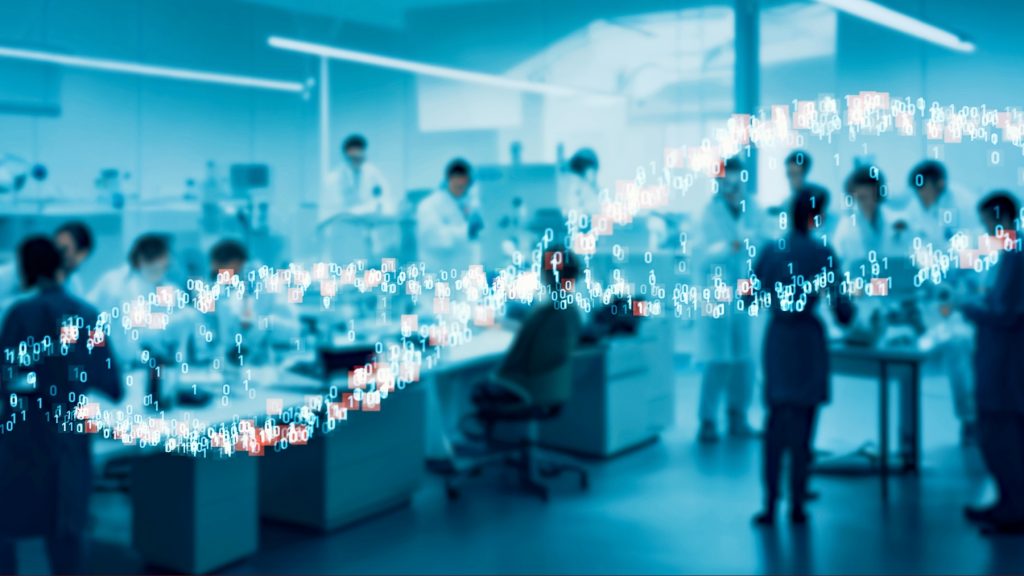
In 2024, researchers from leading artificial intelligence labs like OpenAI and DeepMind are launching startups globally, attracting billions of venture capital, however, investors seem more focused on supporting the creators behind the technology than the products themselves.
The AI ecosystem had moved on to its next phase where the people who were creating this technology had become equally valuable, if not more, than the technologies themselves. With the shit that’s taking placet what’s more important, the producer or the product?
This trend has been steadily taking place across the AI sector. Over the past couple of years, a wave of talented artificial intelligence research labs like OpenAI, DeepMind, and StabilityAI launched their own companies.
These new startups for the artificial intelligence lab have raised large sums before bringing even a single product to the market, such as Ilya Sutskever, OpenAI’s former chief scientist, who recently secured $1 billion in funding for his AI safety startup, Safe Superintelligence – courtesy of venture capital giants such as Andreessen Horowitz and Sequoia.
Creator VS Creation
The trend in these hefty capital investments in AI startups goes to show that venture capitalists may bet more on the creators, rather than the products themselves. In an industry as complex as AI, talent has become the major driver of success.
Startups without fully realized products often attract substantial funding due to the market views of the creators behind the technological creations, deeming the founder and CEOs as the real assets of the companies.
It’s their experience, vision and skillset, and ability to maneuver through the complexities of AI that make them the number one asset for success.
Investor in AI Reaches New Heights
Yet venture capital funding for Artificial Intelligence labs start-ups keeps on going up. According to PitchBook, a record $22.9 billion was raised last year by AI companies building foundational models, more than the $18.4 billion from the prior year. The numbers reflect a basic faith: that such upstarts, powered by supremely talented researchers, hold the potential to reshape whole industries.
Artificial Intelligence Innovation Lab Risks Remain High
These labs fracture into smaller, more agile startups. Still, while makers establish their own companies is one thing, it’s far from evident whether the products they ultimately develop will match expectations-or justify their valuations.
“The fragmentation of big AI labs is too often the result of ego clashes and differing research priorities,” Nathan Benaich, founder of Air Street Capital, wrote in a recent report.
As more artificial intelligence lab experiments researchers strike out on their own, the balance of power in the AI ecosystem can shift. Today’s incumbents, like OpenAI and DeepMind, enjoy profound structural advantages in terms of enormous computing resources, datasets, and established products.
The break of artificial intelligence lab requirements and the rise of producer driven startups are an interesting turn in this industry. Investors may be attracted to the star power of top artificial intelligence labs researchers, but the true test will be when these startups take their products to the market.
“A cracked team can get a lot more done with far fewer people these days,” Peter J. Liu, a former DeepMind scientist, stated when he left the lab to start a new venture.
For now, the race between the producer and the product is wide open, but whoever can survive without the other and at what cost of artificial intelligence lab.